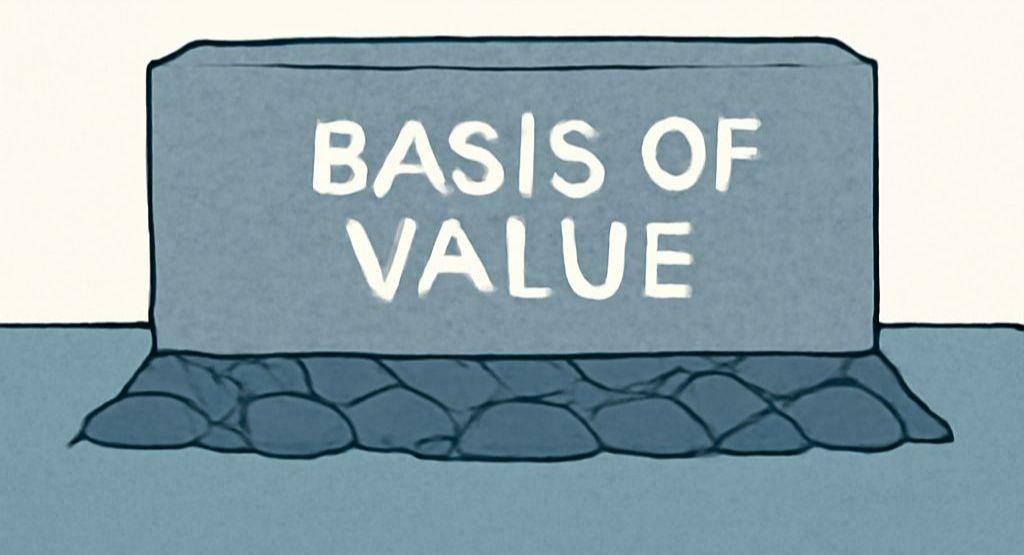
In this edition of LEARNING OF THE WEEK, we will cover the investment philosophy of Mr. Jatin Khemani
“In small & micro caps, entry during a bull market is easy & smooth, however, there is no exit in a bear market as volumes dry up or exit has to be at a huge impact cost. This is like Abhimanyu’s Chakravyuh.” (Jatin Khemani, Managing Partner & CIO of Stalwart Advisors)
Mr. Jatin Khemani, follows a disciplined, fundamentals-driven approach centered around sustainable growth, high-quality businesses, and valuation prudence. His philosophy is rooted in long-term compounding—backing companies with high gross margins, clean balance sheets, low working capital needs, and strong return on equity. His preferred hunting ground lies in small- and mid-cap companies (₹1,000–10,000 Cr market cap), where inefficiencies are high and the potential for value creation is strong.
Much like a patient farmer, Jatin believes in nurturing investments over time—avoiding short-term noise, resisting the urge to churn, and staying prepared for market volatility.
So, here are 9 key learnings from Mr. Jatin Khemani

1. Sector Tailwinds
“In the beginning, everybody thinks bottom-up stock picking is the holy grail, I thought so too. Whereas, in reality, sectoral tailwinds/headwinds immensely matter and should never be ignored.”
Investors should try to identify sectors that enjoy such massive tailwinds. Even with decent management, the sectoral tailwinds will ensure that the company does well.
Also, while looking at a company’s past performance, try to figure out whether the superior performance has been due to sectoral tailwinds or management competence.
2. Technical analysis
“I always thought technical analysis is all gas and what matters is ‘just’ the business behind the stock. I was wrong. Price-action, volumes, delivery data, liquidity/flows, index inclusion, etc. also matter & can add value even for fundamental/value investors especially for timing and optimizing entry/exit better”
3. Value Traps
“Value stocks without a catalyst are value traps. It’s okay to wait for the catalyst and board the train 20-30% higher, but at least it will be a moving train and not a stationary one with an indefinite wait, capital is finite and opportunity cost should always be considered”
4. Patience with execution
“It probably makes sense to have a stop-loss in terms of time, not every management can execute. In fact, even if the past execution track record is great, it could falter in an evolving environment, changing competitive dynamics, regulations, etc. If our thesis doesn’t play out for 3-4 years, something is wrong and it makes sense to switch but continue tracking.”
5. Exit in Cyclicals
“In cyclicals, exit criteria should be defined at the time of entry itself and should be adhered to, no matter how rosy the fundamental performance in the upcycle is. A timely exit is all that matters. Otherwise, you would be back to square one. While exit strategy should be triggered based on some fundamental criteria like a reversion to mean in valuation/profitability margins, however, the actual exit could be on the way down, maybe 10-15% from the top.”
6. Managing public Money
“Certain investing styles are best suited for individual investing & not for managing/advising public money. The role of money manager isn’t maximizing returns but optimizing them with respect to risks. Drawdowns should be minimized even at the cost of sacrificing some returns. Drawdowns that last long enough could be considered permanent loss of capital.”
The focus should be on minimizing drawdowns even if they are at the cost of sacrificing some percentage points on the returns.
For example, in the advisory business, a 25% CAGR with a 25% drawdown is worse than an 18% CAGR with a 10% drawdown. So when you are advising the public at large, a lower return with much lower volatility/drawdowns is a much better option.
Consistency of returns is more comforting for the clients than a rollercoaster ride. Even though massive wealth is created in small undiscovered names/cyclicals compared to the large efficiently priced companies but this is a trade-off that one has to make as an advisor.
7. Impact on sell off is broad based
“If there is froth in a particular segment of the mkt, even if your stocks from that segment are at a reasonable valuation they will still get affected badly when there is a sell-off in that segment.”
The learning has been that the index valuations of the space in which your portfolio fits must be tracked. It makes sense to switch to some cash/other less richly valued segments of the market/defensive names in times of over-exuberance.
8. Diversification
“Diversification is crucial no matter how deep your understanding of the business is, coz shit happens”
The sweet spot could be anywhere between 15-25 positions with allocations ranging anywhere between 3% to 10%. Sectoral and geographical caps of 25% can also be applied to the overall portfolio as part of risk management.
9. Education vs market experience
“While formal education like CA/CFA/MBA can set the foundation right, there is no substitute for own experience; it is the biggest teacher in the market. Vicarious learning is also not enough, one has to be invested in the market to go through those emotions. It takes one or two market cycles just to understand own psychology, mass psychology and to determine ‘what works for me”.
Source: CFA Society India event.
Happy Investing!
Disclaimer: These insights are based on our observations and interpretations, which might not be complete or accurate. Bastion Research and its associates do not have any stake in companies mentioned. This newsletter is for educational purposes only and is not intended to provide any kind of investment advice. Please conduct your own research and consult your financial advisor before making any investment decisions based on the information shared in this newsletter.
🤣MEME OF THE WEEK🤣





